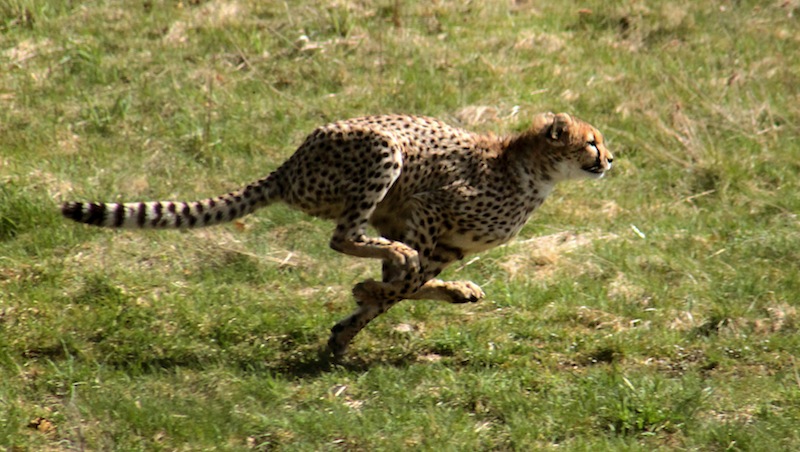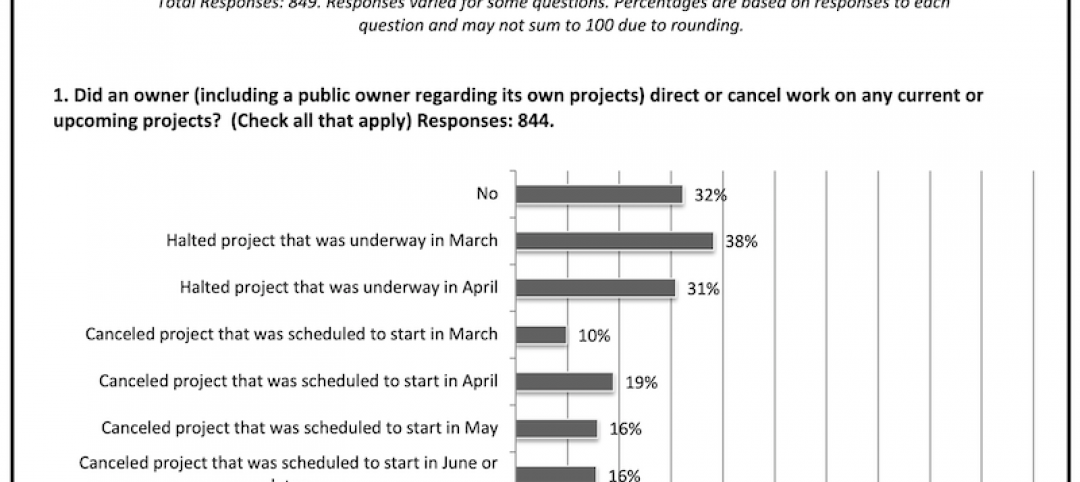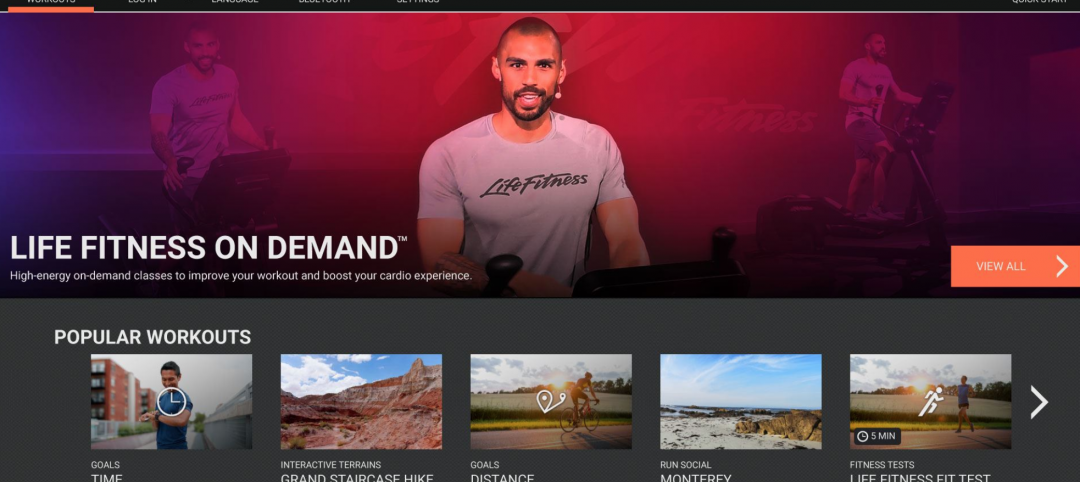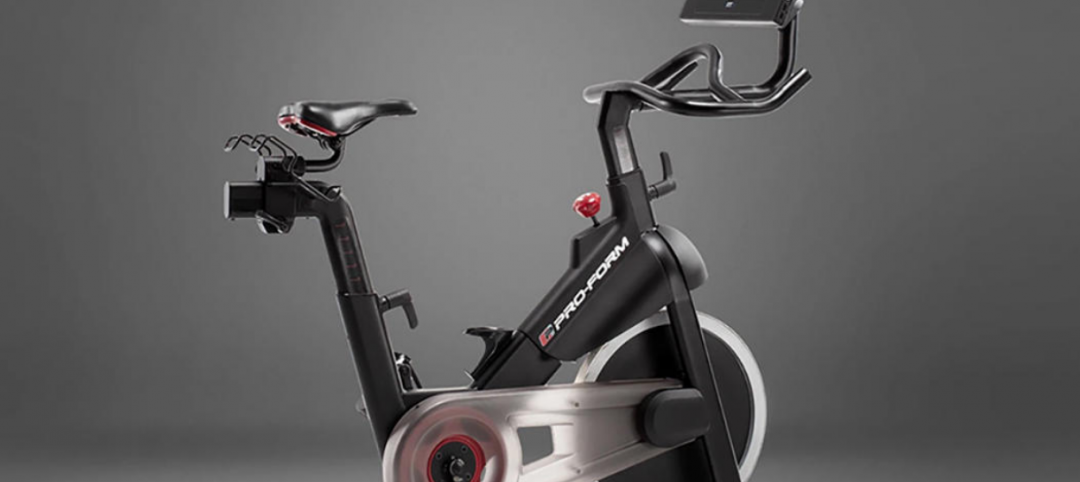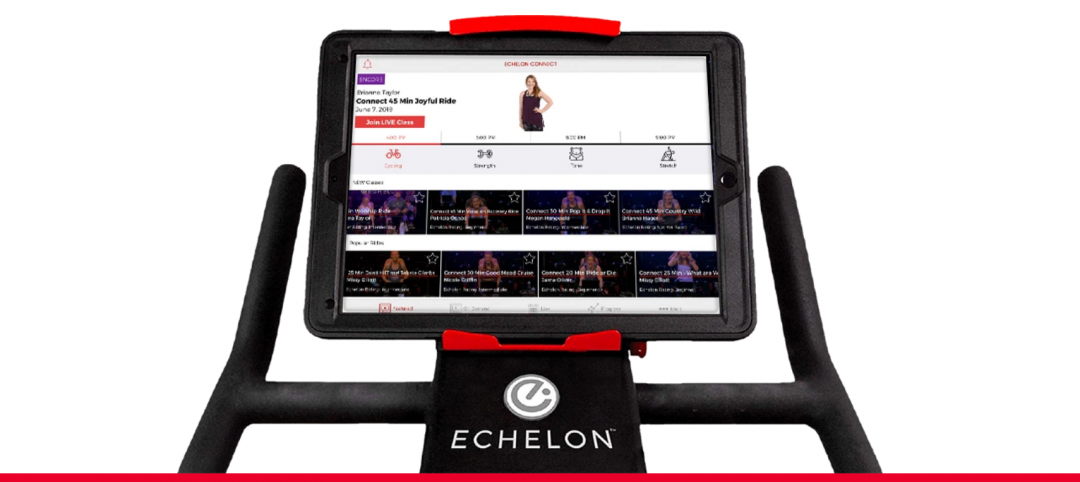Every schoolchild knows that the cheetah is the world’s fastest land animal—70 mph, no sweat. And, as we all know from National Geographic television documentaries, it is speed that makes Acinonyx jubatus such a fearsome hunter, right?
Wrong. Turns out that cheetahs rarely pull out all the stops. Most of the time, they’re cruising at half-speed in pursuit of prey. And, as we shall see, this new knowledge has lessons for design and construction firms.
First, the research. In a recent paper in the journal Nature, Alan M. Wilson, Professor of Locomotor Mechanics at London’s Royal Veterinary College, tells how he and his team tracked five cheetahs in Botswana using solar-powered collars equipped with a GPS device, a gyroscope, and an accelerometer.
Over the course of nine months, they observed 367 hunting runs. Top speed: 58 mph, but the cheetahs only covered a small percentage of the total distance at such a speed. Most of the time, they were lolling around at an average 33 mph during their hunting forays.
What gives cheetahs their true skill in the field, it turns out, is not their speed alone, but speed matched with agility. “The hunt is much more about maneuvering, about acceleration, about ducking and diving to capture the prey,” Wilson told The New York Times.
The cheetah’s acceleration power is about four times that of Usain Bolt, the world record holder at 100 meters (9.58 seconds). Cheetahs generate four times the acceleration power of racehorses. According to Wilson, “A cheetah can still accelerate like that even when it is already doing 40 mph, then decelerate nearly as swiftly, turn hard, and sprint in another direction.” The researchers found that cheetahs can slow down by nine mph in a single stride, which enables them to make tight turns to track their elusive prey.
In short, says Wilson, it’s agility, not speed, that spells success: “That sort of end phase when they’re maneuvering, when they’re turning sharply, when they’re stopping and starting, is when the prey will escape or not escape.”
All well and good for the cheetah, but what does this research mean for you as an architect, engineer, or contractor?
For one thing, Building Teams have had it drilled into their heads (mostly by their clients) that speed of delivery is the ultimate in performance. Speed is important, but it’s not everything. For the cheetah it is dogged persistence, not breakneck speed, that ultimately wins the day.
Building Teams, too, must be able to go all out when called upon to do so—but not at the sacrifice of other important factors. Simply completing a project quickly is worthless if it produces shortfalls in quality and client satisfaction.
The ability to maneuver quickly—to change direction on the fly, just as the cheetah apparently does in the hunt—is another vital characteristic. To be successful you have to be able to duck and dive, solving problems quickly as they arise.
Finally, the cheetah research shows that, while the quick acceleration is a virtue, the ability to decelerate on a dime may be even more useful. This is especially true at the start of a project, when everyone—especially the client—is chomping at the bit. This may be the best time to slow down, get everyone on the same iPad page, and work out as many kinks as possible before they become obstacles.
Happy hunting!

